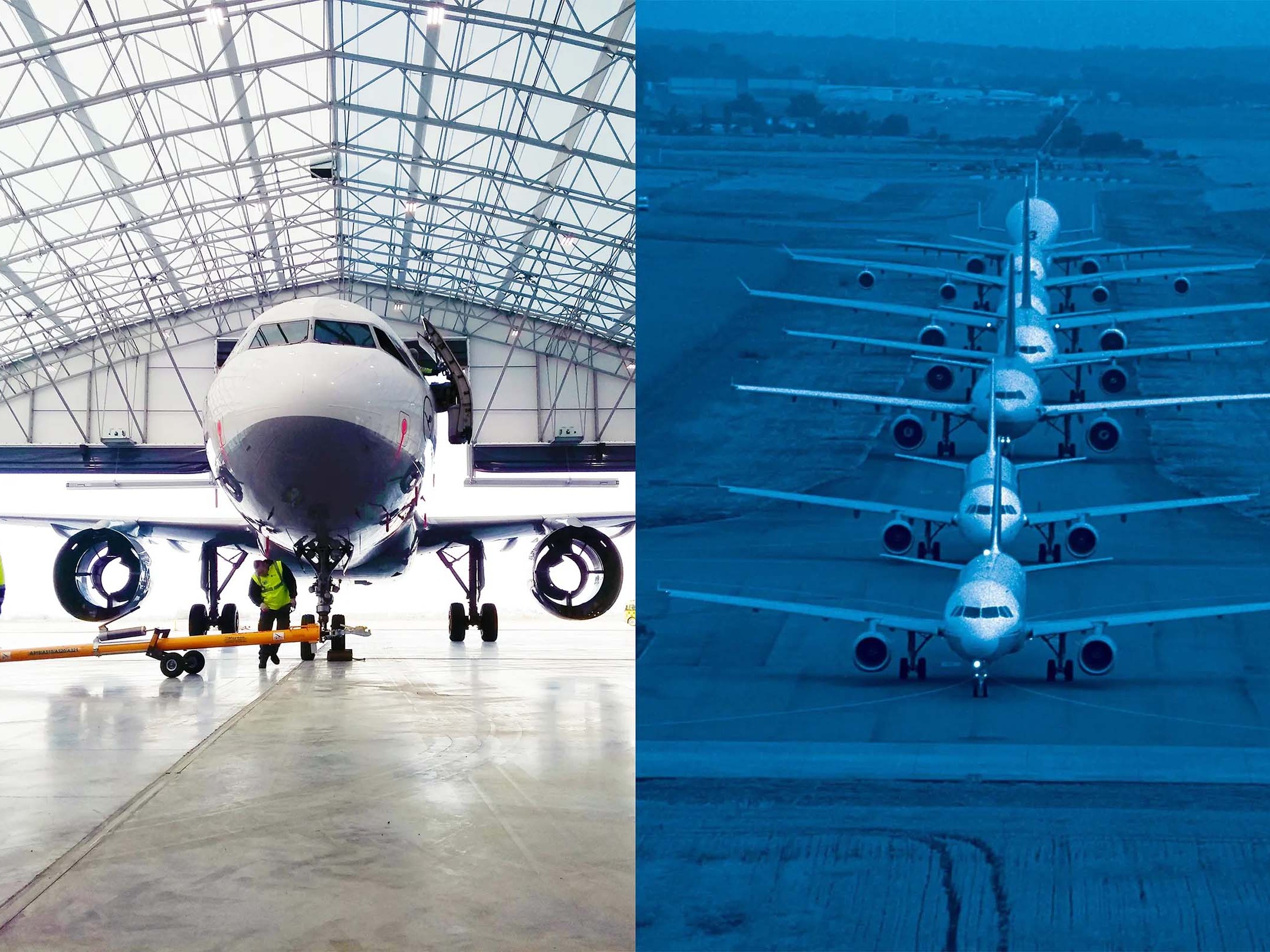NEW HORIZON 2020 PROJECT SUSTAINAIR TO PROVIDE FLIGHT PATH FOR GREEN DEAL TRANSITION
Horizon 2020 project SUSTAINair was launched recently to research and develop solutions to increase resource efficiency and aircraft performance while cutting down on waste and material costs throughout the aircraft life cycle, what is known as circular aviation. Starting in January 2021 and spanning a period of 3.5 years with a budget of €5 million, the SUSTAINair project is a collaboration of 11 European research organisations and industrial partners. The project is co-ordinated by Jürgen Roither, research engineer at the Center for Low-Emission Transport at the Austrian Institute of Technology AIT-LKR, Austria's largest research and technology organisation. Roither stated that material innovations in the highly regulated aviation sector need to be certified in order to fly, thus SUSTAINair was seeking advice from the European Union Aviation Safety Agency (EASA), which would be headed up by EASA Senior Research Co-ordinator, Willy Sigl. "The contributions of EASA shall reduce the time to market of new innovative products and business models and enable a high level of safety, security, and environmental protection. EASA therefore supports selected research projects, such as SUSTAINair, in an advisory role concerning certification, regulation, and safety assessment aspects," Sigl commented. Landing the buy-to-fly ratio The circular economy is an approach to make the most out of resources by keeping them in use for as long as possible, thus increasing their total value throughout their life cycle. The aerospace demand for high-quality material is typically accompanied by large amounts of waste during the manufacturing process. This applies to both metal alloys and composites. The novel up- and recycling methods developed within SUSTAINair for both metal and composite aviation materials, will contribute to a major reduction of waste incurred during the manufacturing and end-of-life processes. Upcycling solutions will be developed for carbon- and glass fibre thermoset materials, as well as high-performance thermoplastic composites. Novel aerospace structures to reduce weight, CO2 emissions Novel metal alloys and composite materials, such as carbon fibre reinforced polymers, are used to reduce mass and increase aerodynamic efficiency, thus improving fuel consumption during flight operations, and therefore reducing emissions. Minor changes to the materials or to the aircraft structure can have major results when it comes to fuel consumption. With that in mind, SUSTAINair will develop not only novel materials for a flexible wing, but also techniques for the integration of sensors in the material used in such aircraft components. For example, the monitoring of real-time data allows the operators to adjust the flightpath of an airplane resulting in lower fuel consumption, while increasing the safety and the reliability of aero-structures, as well as reducing maintenance costs. Disassembly robot to enhance recyclability Aircraft consist of many parts from various materials that need to be joined. Currently the joining is done by using rivets, which are difficult to remove. This makes the separation, and thus efficient recycling, of aircraft components challenging and costly to the point of being not economically viable. Rivets also make aircraft heavier, negatively affecting fuel consumption. Introducing Industry 4.0 technology in aircraft end-of-life processing, the SUSTAINair project will develop a robot head that automatically detects and removes rivets, allowing for alloy separation and hence higher value recycled aircraft material. On Flightpath 2050 The project partners are on the forefront of circular aviation pursuing objectives set by the EU Green Deal and Flightpath 2050. The technological innovations brought about can be seen as a pathway for tackling the economic effects of the Covid-19 pandemic in industries along the entire aviation component supply chain. Full article on the homepage: www.sustainair.eu
Keywords
- Green recovery
- Resource efficiency
- Aerospace
- Aviation
- Aeronautics
- Manufacturing
- Industrial symbiosis
- Circular economy
- Circular aviation
- Recycling
- carbon fiber
- composite materials
- raw materials
- metals
- zero waste
- manufacturing waste
- zero pollution
- Flightpath 2050
- EU Circular Economy Action Plan
- EU Green Deal



